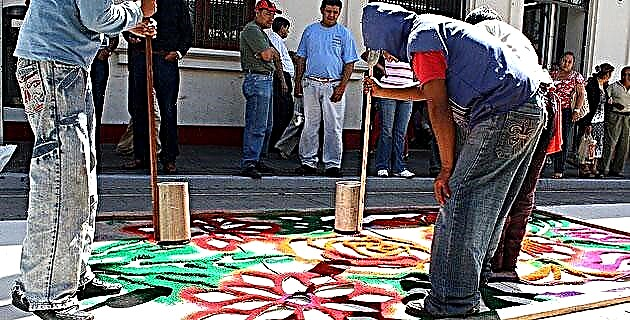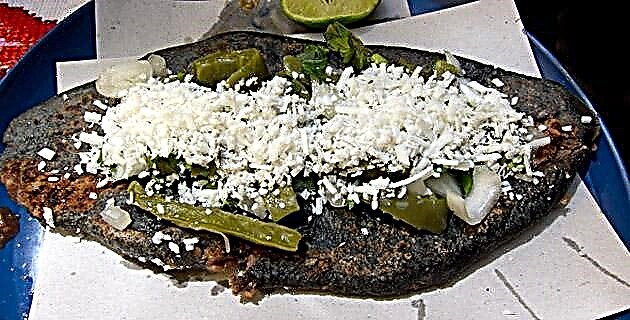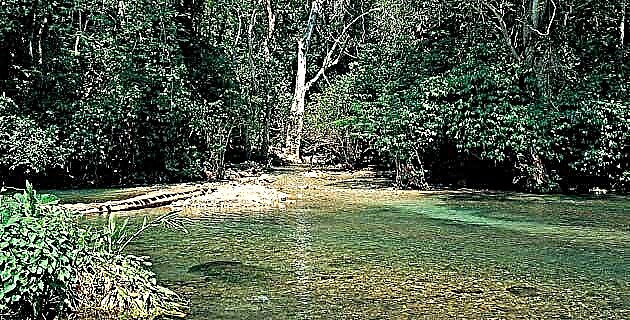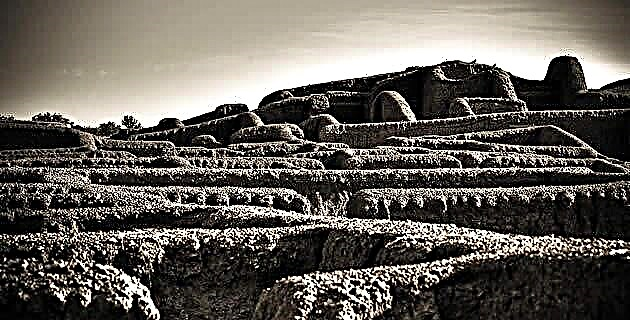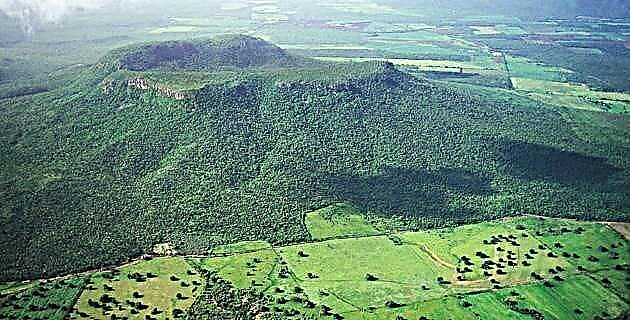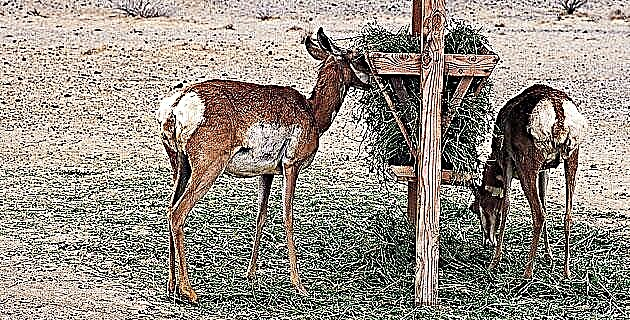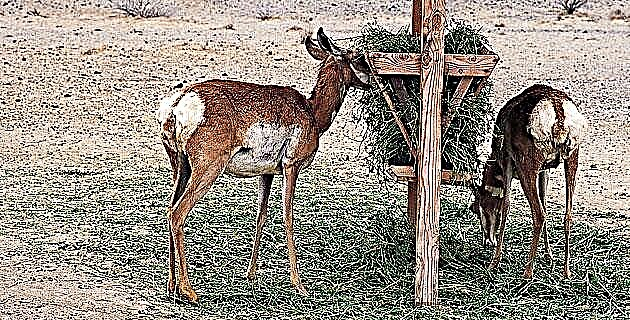
At the end of the 90's, only 170 specimens of this peninsular species were registered. Today, thanks to the "Save the Pronghorn" program, there are more than 500 and we can say that their population is increasing.
In the coastal plains of the Baja California peninsula, particularly in the region we now know as the El Vizcaino Desert, pronghorn have been present for thousands of years. This is attested by the cave paintings that we can still admire in some caves and the testimonies of those who have come here. Still travelers from the late 19th century speak of large herds that were frequently observed. But in recent times the situation changed to the detriment of the peninsular pronghorn. The hunt decimated their population at an accelerating rate. The excessive predation was so evident that in 1924 the Mexican government prohibited its hunting, a prohibition that unfortunately had little effect. The population continued to decline, and the censuses of the seventies and eighties showed alarming levels, causing the subspecies to be included in the lists of animals in danger of extinction (both international and Mexican standards).
Enclosing their habitat
The most serious threats to the survival of the peninsular pronghorn are anthropogenic, that is to say that their origin is found in their interaction with humans. First is hunting on a scale beyond the species' ability to recover. Equally serious has been the transformation of their habitat, as the construction of fences, roads and other obstacles in the desert have cut off migratory routes and isolated the pronghorn, distancing it from its traditional feeding and refuge areas.
Thus, the census carried out in 1995 estimated the total population of the subspecies at less than 200 individuals, largely concentrated in the coastal plains that make up the Core Zone of the El Vizcaíno Biosphere Reserve. The threat was undeniable.
A hope for them ...
Seeking to face this situation, in 1997 Ford Motor Company and its distributors, Espacios Naturales y Desarrollo Sustentable AC, and the Federal Government, through the El Vizcaíno Biosphere Reserve, joined forces to rescue the peninsular pronghorn from its probable extinction by launching the "Save the Pronghorn" program. The plan was long-term and included two phases. The first (1997-2005) had the main objective of reversing the decreasing trend of the population, that is, to seek that there are more and more specimens. The second phase (from 2006 onwards) has a double objective: on the one hand to consolidate the growing trend of the population and on the other, to create the conditions for it to return to inhabit, grow and prosper in its natural habitat. In this way, not only will the species recover, but the desert ecosystem, which has been impoverished by its absence, will be rescued.
Lines of action
1 Intensive. It consists of creating an environment free of threats, semi-wild herds, where pronghorn find the optimal conditions for their growth, in other words, setting up a “factory” to seek a healthy growth of the population.
2 Extensive. It seeks to increase our knowledge in the field of the subspecies and its habitat, through continuous trips to the pronghorn area with surveillance and monitoring of wild herds.
3 Revaluation. This line of action is aimed at local residents with the aim of influencing a change in attitude and a revaluation of the pronghorn and its presence in El Vizcaíno. It is about incorporating them into the conservation process.
The reconquest of the desert
The "Save the Pronghorn" program has achieved national and international recognition. For the first time in many decades, the population grew annually. By spring 2007 there were already more than 500 copies. Even more important, the “factory,” called the Berrendo Station, already produces more than 100 annually.
In March 2006, for the first time a herd bred in captivity at the Pronghorn Station, consisting of 25 females and two males, was released into the wild. They were released in the La Choya Peninsula, an area of 25,000 hectares in El Vizcaíno, where pronghorn inhabited for many years and from where they disappeared more than 25 years ago. The La Choya field station was also built in order to observe the behavior of the released herd.
After a year of continuous monitoring, it was learned that their behavior is similar to that of wild pronghorn.
The ultimate objective of the program continues to be to create the conditions so that a healthy and sustainable population can live with the realities of its environment, interacting positively with a society that appreciates it, not only for its value as a species, but also for its wealth. and the balance that its presence brings to the habitat of the El Vizcaíno Desert. This is a challenge for all Mexicans.
Generalities of the peninsular pronghorn
• It inhabits the desert plains bordering the sea and which do not go beyond 250 meters above sea level.
The other subspecies live more than 1,000 meters above sea level.
• Those in the Sonoran and peninsular desert can go long periods without drinking water, since they extract it from the dew of the plants. It is a herbivore, eats bushes, shrubs, herbs and flowers, and even plants that are toxic to other species.
• It is the fastest mammal in America, reaching and sustaining races at 95 km / h. However, the peninsula does not jump. A 1.5 meter barrier can become an insurmountable obstacle.
• His big, beautiful eyes are truly amazing. They are equivalent to 8x binoculars, and have a vision of 280 degrees, which allows them to perceive movements up to 6 kilometers away.
• Their hooves break up the saline layer that covers the coastal plains and their excreta serve as fertilizer. Thus, tiny "forests" or "niches" are created in pronghorn tracks that contribute to the food chain of the desert, the most difficult habitat to sustain life. For this reason, the presence of herds of pronghorn is essential to maintain plant balance in the desert.
• It is the only species in the antilocapridae family, and lives exclusively in North America. The scientific name of the species is Antilocapra americana. There are five subspecies and three of them live in Mexico: Antilocapra americana mexicana, in Coahuila and Chihuahua; Antilocapra americana sonorensis, in Sonora; and Antilocapra americana peninsularis, which is only found in the Baja California peninsula (endemic). All three subspecies are in danger of extinction and have been listed as protected species.


